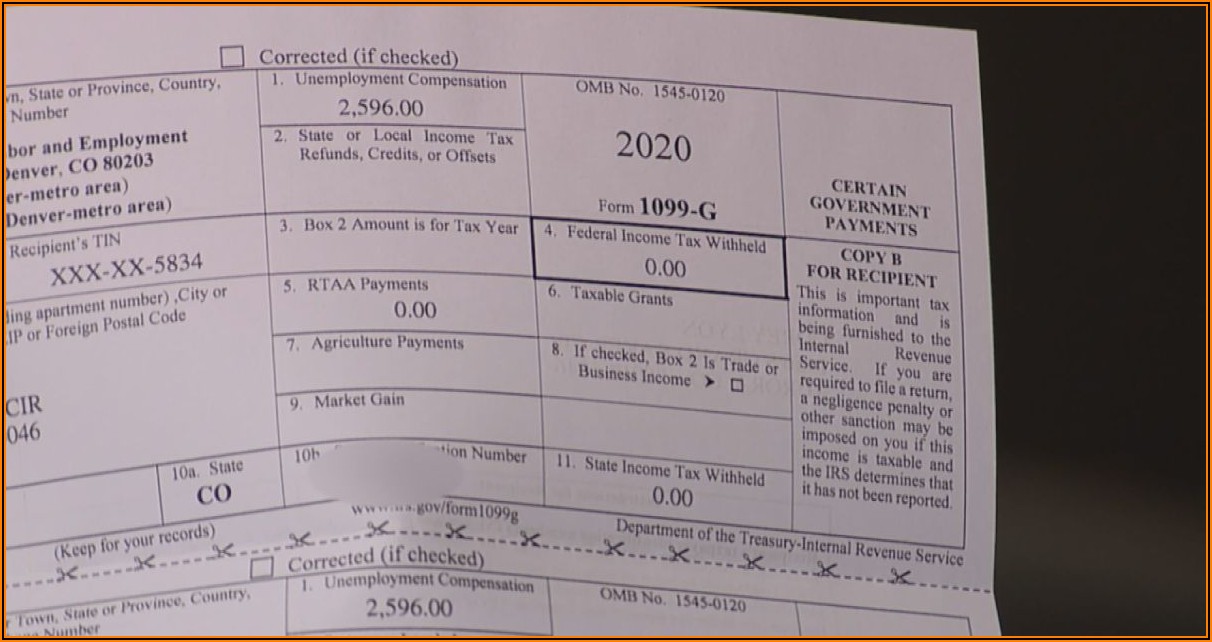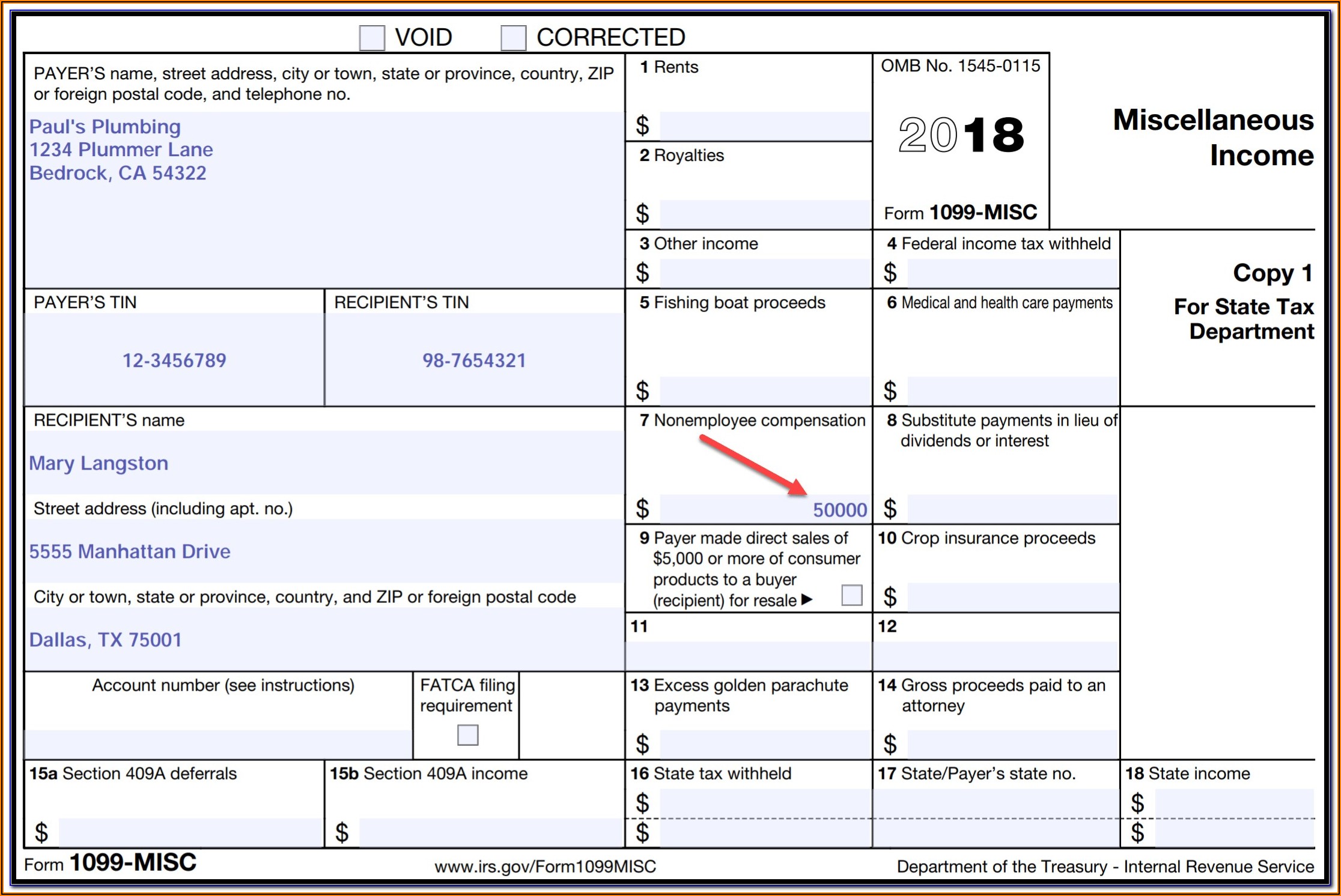Colorado 1099G: A Comprehensive Guide To Understanding Your Tax Document
Let’s talk about something that’s been buzzing around lately—Colorado 1099G forms. If you’ve received one of these in the mail or seen it pop up on your tax software, you might be wondering what it’s all about. Well, buckle up, because we’re diving deep into the world of 1099G forms and how they impact taxpayers in Colorado. This isn’t just another piece of paper; it’s a crucial document that could affect your tax return.
Now, before we dive into the nitty-gritty, let’s get one thing straight: the 1099G isn’t something new. It’s been around for years, but with more people working remotely, freelancing, or receiving unemployment benefits, it’s becoming a hot topic. If you’re scratching your head trying to figure out why you got this form, don’t worry—you’re not alone.
Here’s the deal: whether you’re self-employed, received unemployment compensation, or had other forms of government payments, the 1099G is your key to understanding what you owe (or might get back) come tax season. So, grab a coffee, and let’s break it down step by step.
Read also:Concacaf Gold Cup The Ultimate Celebration Of Football In The Americas
What Exactly is a Colorado 1099G Form?
Alright, let’s start with the basics. The Colorado 1099G form is a tax document issued by government agencies to report certain types of income you received during the year. Think of it as a receipt that shows how much money the government paid you, whether it’s unemployment benefits, state tax refunds, or other government-related payments.
This form is particularly important if you’re a Colorado resident because it helps you accurately report your income when filing your federal and state taxes. Without it, you might miss out on deductions or end up paying more than you should. Trust me, nobody likes surprises from the IRS or the Colorado Department of Revenue.
Who Receives the Colorado 1099G?
Not everyone gets a 1099G, so don’t panic if you don’t see one in your mailbox. Here’s a quick rundown of who typically receives this form:
- Unemployment Beneficiaries: If you collected unemployment benefits in Colorado, you’ll receive a 1099G detailing the total amount you were paid.
- State Tax Refunds: Did you get a refund from your Colorado state taxes last year? That amount will be reported on your 1099G.
- Other Government Payments: Any other payments made by the government, such as grants or subsidies, might also appear on this form.
Remember, just because you got a 1099G doesn’t mean you automatically owe taxes. It’s all about the details, which we’ll cover in the next sections.
How to Read Your Colorado 1099G Form
Let’s face it—tax forms can look like a foreign language sometimes. But don’t sweat it. The Colorado 1099G isn’t as scary as it seems once you know what to look for. Here’s a breakdown of the key sections:
Box 1: Total Payments
This box shows the total amount of payments you received from the government. For example, if you collected unemployment benefits, this number will reflect the total amount you were paid throughout the year.
Read also:Jack Quaid Reveals The Oppenhomies Group Chat Is Still Active 2 Years After Oppenheimer Came Out Its Insane
Box 3: State Tax Refunds
If you got a refund from your Colorado state taxes last year, it’ll show up here. Keep in mind that this amount might be taxable at the federal level, depending on your situation.
Box 5: Other Payments
This box covers any other government payments you might have received, such as grants or subsidies. If you see a number here, make sure to double-check what it represents to avoid confusion.
Pro tip: Always compare the numbers on your 1099G with your own records to ensure everything matches up. If there’s a discrepancy, contact the issuing agency immediately.
Why Is the Colorado 1099G Important for Taxpayers?
Here’s the million-dollar question: why does the Colorado 1099G matter so much? Well, it’s simple. This form provides critical information that helps you accurately report your income and avoid penalties or audits down the line.
For instance, if you received unemployment benefits, those payments are considered taxable income by the IRS. Failing to report them could lead to underpayment penalties or interest charges. On the flip side, if you overpaid taxes last year and received a refund, that amount might affect your current tax liability.
Common Misconceptions About the 1099G
There are a few myths floating around about the Colorado 1099G that we need to clear up:
- Myth #1: “I don’t need to report unemployment benefits if I already paid taxes on them.”
- Fact: Unemployment benefits are still considered taxable income, even if taxes were withheld.
- Myth #2: “State tax refunds are always tax-free.”
- Fact: While state refunds aren’t taxed at the state level, they might be taxable at the federal level if you itemized deductions last year.
Knowledge is power, folks. Knowing the facts can save you a lot of headaches come tax season.
Tips for Filing with a Colorado 1099G
Now that you understand what the Colorado 1099G is and why it’s important, let’s talk about how to use it when filing your taxes. Here are a few tips to make the process smoother:
1. Double-Check the Numbers
Before you file, take a few minutes to verify that the information on your 1099G matches your own records. If something looks off, contact the issuing agency right away to resolve the issue.
2. Use Tax Software or an Accountant
Tax software like TurboTax or H&R Block can make filing with a 1099G a breeze. Alternatively, if you’re feeling overwhelmed, consider hiring a professional accountant to handle the heavy lifting for you.
3. Keep Your Records Organized
Whether you’re filing online or on paper, having all your tax documents in one place will save you time and stress. Create a folder or digital file where you store your 1099G, W-2s, and any other relevant paperwork.
Remember, preparation is key. The more organized you are, the easier the filing process will be.
Common Questions About the Colorado 1099G
We’ve rounded up some of the most frequently asked questions about the Colorado 1099G to help clarify any confusion:
Q: Do I Have to Pay Taxes on Unemployment Benefits?
A: Yes, unemployment benefits are considered taxable income by the IRS. However, there are some exceptions and deductions you might qualify for, so consult with a tax professional if you’re unsure.
Q: What Happens If I Didn’t Receive My 1099G?
A: If you haven’t received your 1099G by late January, contact the issuing agency to request a copy. You can also check their website for electronic versions of the form.
Q: Can I File My Taxes Without a 1099G?
A: Technically, yes, but it’s not recommended. Without the 1099G, you might miss out on important details that could affect your tax return. Always try to obtain the form before filing.
How to Handle Errors on Your Colorado 1099G
Mistakes happen, even on official tax documents. If you notice an error on your Colorado 1099G, don’t panic. Here’s what you should do:
Step 1: Contact the Issuing Agency
Reach out to the agency that sent you the form and explain the issue. They’ll usually send you a corrected version within a few weeks.
Step 2: File an Amendment
If you’ve already filed your taxes using the incorrect information, you’ll need to file an amended return (Form 1040-X) to correct the error.
Stay calm and proactive. Dealing with errors early can save you a lot of trouble later on.
Resources for Colorado Taxpayers
Need more help navigating the world of Colorado taxes? Here are a few resources to check out:
- Colorado Department of Revenue: Their website offers a wealth of information on tax forms, deadlines, and filing instructions.
- IRS Website: For federal tax questions, the IRS site is your go-to source for reliable answers.
- Local Tax Professionals: If you’re still feeling lost, consider consulting with a local accountant or tax advisor who specializes in Colorado tax laws.
Don’t go it alone. These resources are here to help you succeed.
The Bottom Line on Colorado 1099G
Wrapping it all up, the Colorado 1099G is an essential document that plays a big role in your tax filing process. Whether you’re dealing with unemployment benefits, state tax refunds, or other government payments, understanding this form is key to avoiding mistakes and maximizing your return.
So, take a deep breath, gather your paperwork, and tackle those taxes with confidence. And remember, if you ever feel stuck, there’s no shame in asking for help. After all, we’re all in this together.
Call to Action
Did this guide answer your questions about the Colorado 1099G? Let us know in the comments below! And if you found this article helpful, don’t forget to share it with your friends and family. Tax season doesn’t have to be stressful—let’s make it easier, one form at a time.
Table of Contents
- What Exactly is a Colorado 1099G Form?
- Who Receives the Colorado 1099G?
- How to Read Your Colorado 1099G Form
- Why Is the Colorado 1099G Important for Taxpayers?
- Tips for Filing with a Colorado 1099G
- Common Questions About the Colorado 1099G
- How to Handle Errors on Your Colorado 1099G
- Resources for Colorado Taxpayers
- The Bottom Line on Colorado 1099G
- Call to Action
Article Recommendations


